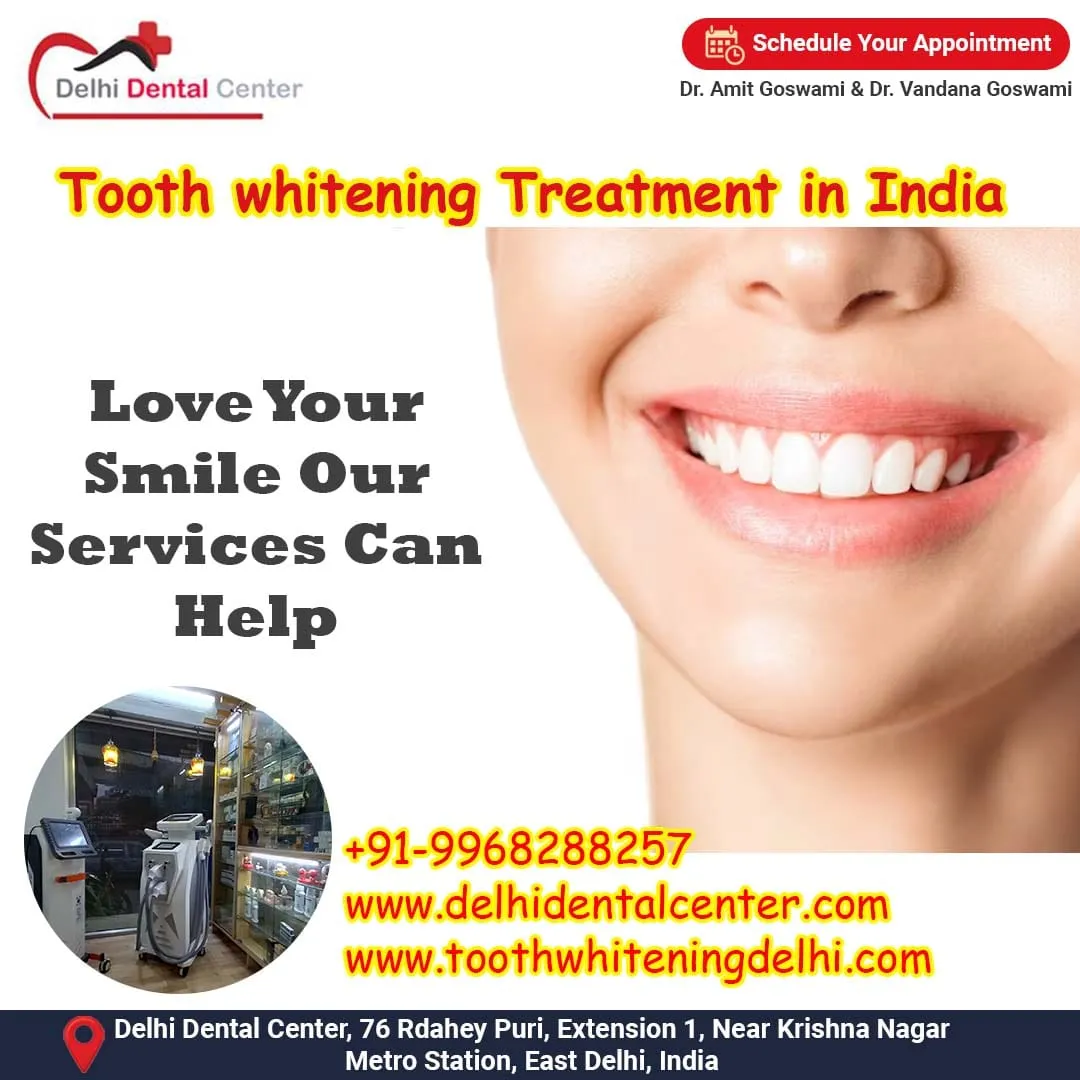What is Laser Tooth Whitening?
Laser tooth whitening, also known as in-office teeth whitening, is a popular cosmetic dental procedure designed to brighten and lighten the shade of your teeth. This procedure utilizes a high-intensity laser light to activate a bleaching agent, typically a hydrogen peroxide solution, applied to the tooth surfaces. The laser accelerates the chemical reaction, breaking down stains and discoloration caused by factors such as aging, genetics, food, drinks (coffee, tea, wine), and smoking. This process offers a more immediate and dramatic whitening effect compared to at-home treatments, often achieving several shades of improvement in a single session. It’s a fast, efficient way to enhance your smile’s appearance and boost your confidence, making it a sought-after treatment for those looking to achieve a brighter, more youthful look.
The Science Behind Laser Whitening
The science behind laser tooth whitening revolves around a chemical reaction. The active ingredient in the whitening agent, usually hydrogen peroxide or carbamide peroxide, penetrates the enamel and dentin of the teeth. These agents break down the stains and discolored molecules trapped within the tooth structure. The laser’s role is to act as a catalyst, speeding up this process. It generates heat, which increases the rate at which the bleaching agent releases oxygen. This oxygen molecules then react with the stain molecules, breaking them apart and lightening the tooth. The intensity and wavelength of the laser are carefully controlled to ensure the whitening agent is activated effectively, without damaging the surrounding tissues. Understanding this process is key to appreciating both the effectiveness and potential side effects of laser tooth whitening.
Common Laser Tooth Whitening Side Effects

While laser tooth whitening is generally considered safe, it’s crucial to be aware of potential side effects. These effects are typically temporary and mild, but understanding them is vital for making an informed decision and preparing for the procedure. Common side effects stem from the potency of the bleaching agents and the intensity of the laser. The most frequently reported side effects are tooth sensitivity and gum irritation. Other potential issues involve changes in tooth enamel and structure, although these are less common and often related to pre-existing conditions or improper treatment. Educating yourself on these possibilities allows you to take appropriate precautions and manage any discomfort effectively, ensuring a positive experience with the procedure.
Tooth Sensitivity After Whitening
Tooth sensitivity is one of the most common side effects of laser tooth whitening. This sensitivity occurs because the bleaching agents can penetrate the enamel and reach the dentin, where the nerves of the teeth are located. The heat generated by the laser can exacerbate this sensitivity. Patients may experience sharp, temporary pain or discomfort when consuming cold, hot, sweet, or acidic foods and beverages. The severity of sensitivity varies from person to person and can last from a few hours to several days post-treatment. Using desensitizing toothpaste before and after the procedure can help manage this sensitivity. Additionally, avoiding extreme temperatures in food and drinks for a short period can minimize discomfort. Most importantly, this sensitivity typically subsides within a few days as the teeth remineralize and adjust to the treatment.
Gum Irritation and Inflammation
Gum irritation and inflammation, another potential side effect, can occur if the bleaching agent comes into contact with the gums. The high concentration of hydrogen peroxide can irritate the soft tissues, leading to redness, swelling, and tenderness. This can be minimized with the use of protective barriers during the procedure. Dentists carefully apply a protective gel to the gums, shielding them from the whitening solution. Additionally, the laser can sometimes cause minor inflammation if not applied precisely. In most cases, gum irritation is mild and resolves within a few days. Applying a soothing gel or rinsing with a saltwater solution can help alleviate the discomfort. Proper technique and careful application by a trained professional are essential in reducing the risk of gum irritation and ensuring patient comfort throughout the process.
Changes in Tooth Enamel and Structure

Changes in tooth enamel and structure are less common but can potentially occur, particularly with overuse or improper application of the whitening agents. Excessive whitening can lead to enamel demineralization, making the teeth more porous and susceptible to further staining. This can also increase tooth sensitivity. In rare cases, if the teeth already have pre-existing issues, such as cracks or cavities, the bleaching process could exacerbate these problems. The dentist will assess your teeth’s condition before the procedure, and should also closely monitor the application time and concentration of the bleaching agent to minimize the risk of enamel damage. Regular dental checkups after the whitening treatment are also crucial for maintaining the health of the teeth and identifying any issues promptly.
Other Potential Side Effects
Besides the more commonly discussed side effects, other less frequent issues can arise from laser tooth whitening. Some individuals might experience a sore throat, primarily due to the chemicals used or the mouth being kept open for an extended period during the procedure. This is usually temporary and resolves quickly. In very rare cases, some people might develop an allergic reaction to the whitening agent, leading to symptoms like swelling or itching. It’s essential to inform your dentist about any known allergies before starting the treatment. Finally, although uncommon, changes in the color of fillings, crowns, or veneers can occur as these materials don’t whiten in the same way as natural teeth. Therefore, it’s important to be aware of these potential side effects and discuss them with your dentist.
How to Minimize Side Effects
Several steps can be taken to minimize the side effects of laser tooth whitening and ensure a comfortable experience. Following your dentist’s pre-and post-treatment instructions is critical. Using a desensitizing toothpaste containing potassium nitrate for a few weeks before and after the procedure can significantly reduce tooth sensitivity. Applying a fluoride treatment after the whitening process can also help remineralize the enamel, further lessening sensitivity. Avoiding highly acidic or very hot and cold foods and drinks immediately after the treatment can also help. Maintaining good oral hygiene, including gentle brushing and flossing, is essential to prevent irritation. Also, if you feel any discomfort, inform your dentist immediately so that they can provide guidance. By adhering to these guidelines, you can greatly reduce the risk of experiencing adverse effects and enjoy a brighter smile.
Choosing a Qualified Dentist
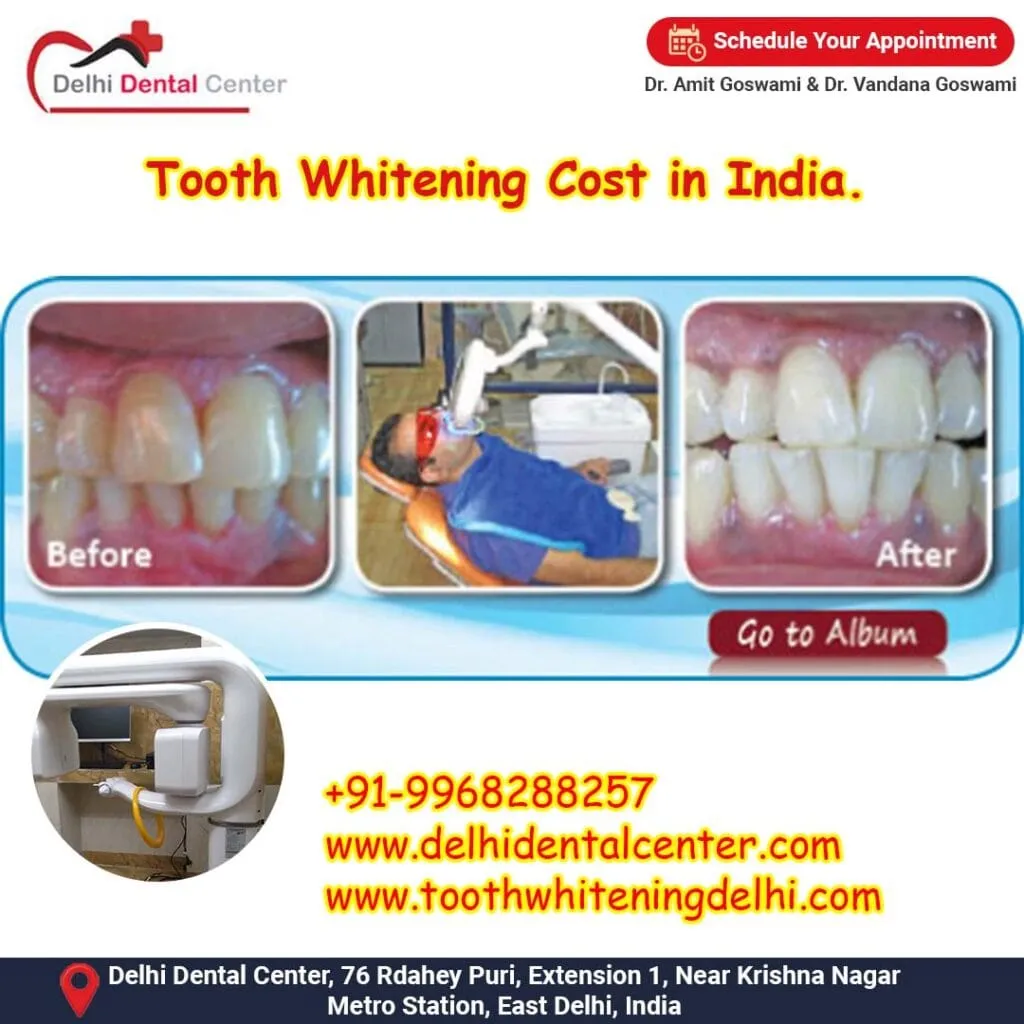
Selecting a qualified and experienced dentist is of utmost importance for safe and effective laser tooth whitening. Look for a dentist with specific training and certification in cosmetic dentistry and teeth whitening procedures. Check their credentials, read patient reviews, and ask for before-and-after photos of their previous patients. Ensure the dental practice uses high-quality equipment and adheres to strict safety protocols. A good dentist will conduct a thorough examination of your oral health, including checking for cavities, gum disease, and existing dental work, before recommending laser whitening. They should also be transparent about the potential risks and provide a personalized treatment plan tailored to your specific needs. Ultimately, choosing a trusted dentist is crucial in minimizing side effects and achieving the desired results.
Pre-Treatment Consultation and Assessment
A comprehensive pre-treatment consultation and assessment is essential before undergoing laser tooth whitening. During this consultation, your dentist will examine your teeth and gums to determine your suitability for the procedure. They will evaluate the shade of your teeth, discuss your expectations, and explain the whitening process in detail. The dentist will also inquire about your medical history, any allergies, and any previous dental treatments. X-rays might be taken to check for any hidden dental issues like cavities or root canal problems, which could affect the outcome of the whitening procedure. The consultation allows you to ask questions, voice any concerns, and understand what to expect. This preparation ensures that the treatment is appropriate for your specific oral health needs and helps minimize the risk of complications, setting the stage for a successful outcome.
Proper Aftercare Instructions
Following proper aftercare instructions is crucial for maintaining the results of laser tooth whitening and minimizing potential side effects. Your dentist will provide detailed guidelines specific to your treatment. Generally, these instructions include avoiding highly pigmented foods and drinks like coffee, tea, red wine, and berries for the first 24 to 48 hours to prevent staining. Using a desensitizing toothpaste to alleviate any sensitivity is highly recommended. Gentle brushing and flossing are essential, but avoid harsh brushing. Regular dental checkups and professional cleanings will help maintain the brightness of your smile. Furthermore, avoiding smoking and using tobacco products, which can quickly stain your teeth, will contribute to long-lasting results. Adhering to these aftercare steps will not only protect your newly whitened teeth but also promote overall oral health.
Over-the-Counter vs Professional Whitening

Understanding the differences between over-the-counter (OTC) and professional teeth whitening options is crucial for making an informed decision. OTC whitening products, such as strips, gels, and toothpastes, are generally less potent and less expensive than professional treatments. They contain a lower concentration of bleaching agents, leading to milder whitening effects. While these products can be useful for minor staining and maintaining brightness, they may not be effective for more severe discoloration. Professional whitening, including laser tooth whitening, is performed by a dentist, using stronger bleaching agents and advanced techniques like the laser, to accelerate the whitening process. This approach can achieve significantly more dramatic results in a shorter amount of time. However, professional treatments typically require a consultation, involve a higher cost, and carry a slightly higher risk of side effects due to the stronger chemicals used. The choice depends on your needs, desired outcome, and budget.
Understanding the Differences
The key differences between over-the-counter and professional teeth whitening lie in the concentration of the whitening agent and the supervision by a dental professional. OTC products contain a lower concentration of hydrogen peroxide or carbamide peroxide, typically around 3% to 10%, which results in less noticeable whitening but also minimizes the risk of side effects. These products are accessible without a prescription and can be used at home. Professional whitening, conversely, uses a much higher concentration of the bleaching agent, often ranging from 15% to 40% hydrogen peroxide. This potency allows for significantly more dramatic whitening, but it also increases the potential for side effects. The presence of a dentist during professional whitening ensures the procedure is performed safely, with the dentist able to monitor the patient’s response and provide immediate assistance if any problems arise. The choice between the two depends on your individual needs, the severity of your staining, and your overall oral health.
Benefits and Drawbacks
Each teeth whitening option has its own set of benefits and drawbacks. Over-the-counter products offer convenience, affordability, and a lower risk of side effects. They are readily available and can be used without professional supervision. However, the results are often less dramatic and may take longer to achieve. Professional whitening, on the other hand, offers faster and more significant results. The dentist-supervised procedure ensures the safety and effectiveness of the treatment. However, it is more expensive and may involve a higher risk of sensitivity or gum irritation. The decision should be based on your individual needs, budget, and desired results, considering both the advantages and disadvantages of each approach. Consulting with your dentist is a good idea to determine the best option for your specific situation.
Alternatives to Laser Whitening
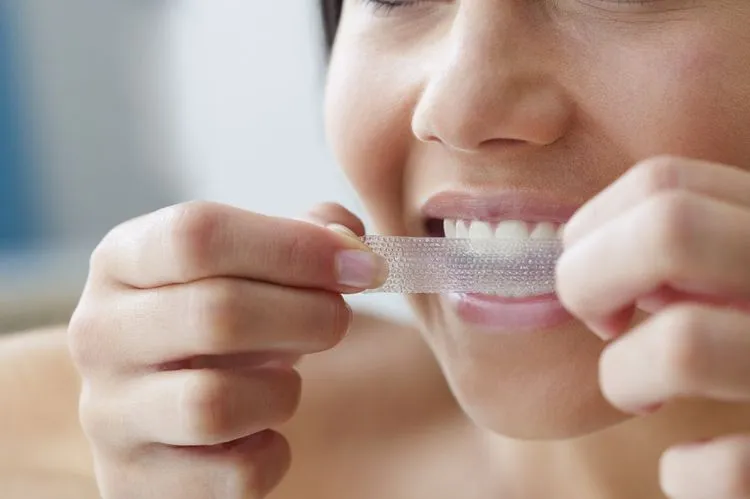
If laser tooth whitening is not the right choice for you, several alternative teeth-whitening options exist. These alternatives can be suitable based on your needs, budget, and tolerance for potential side effects. One popular alternative is professional take-home whitening kits. These kits involve custom-fitted trays created by your dentist, along with a bleaching gel of a moderate concentration. This method offers better control over the whitening process than OTC products, and you can achieve noticeable results gradually at home. Another option is to use over-the-counter whitening products. While these are less potent, they are more accessible and can provide subtle improvements. Other options include professional dental cleanings, which can remove surface stains, and cosmetic procedures such as veneers or dental bonding, which can address more severe discoloration and structural issues. Your dentist can help you find the best solution.
Teeth Whitening Options
The selection of teeth whitening options is broad, providing choices for diverse preferences and needs. Beyond laser whitening, professional in-office treatments, as well as take-home options, offer a range of whitening strengths and application methods. For those seeking less intensive treatments, over-the-counter solutions like whitening strips, gels, and toothpastes are readily available. These typically contain lower concentrations of bleaching agents, making them gentler but often less effective for severe staining. Other alternatives involve cosmetic procedures like veneers, which cover the tooth surface with a brighter, more aesthetically pleasing material, and dental bonding, which involves applying a tooth-colored composite resin to improve appearance. Each option offers distinct advantages and considerations, so it’s crucial to assess individual needs and consult with a dentist for personalized recommendations. Choosing the best teeth whitening option depends on the extent of the discoloration, desired results, budget, and sensitivity to side effects.
Home Whitening Kits
Home whitening kits provide a convenient and often cost-effective way to enhance your smile’s brightness. These kits generally come in two forms: custom-fitted trays provided by your dentist and over-the-counter options. Custom-fitted trays are prepared by your dentist. They ensure a more precise and even application of the bleaching gel, which contains a moderate concentration of hydrogen peroxide or carbamide peroxide. This approach offers better results and is generally safer than OTC options because it is under professional guidance. Over-the-counter whitening kits, which include strips, gels, and trays, are readily available at drugstores. These typically contain lower concentrations of the bleaching agent and can be a good choice for mild staining. However, they may not be as effective for more severe discoloration. Before using any home whitening kit, it’s advisable to consult with your dentist to ensure it’s appropriate for your teeth and to understand potential side effects and aftercare instructions.
The Importance of Dental Hygiene
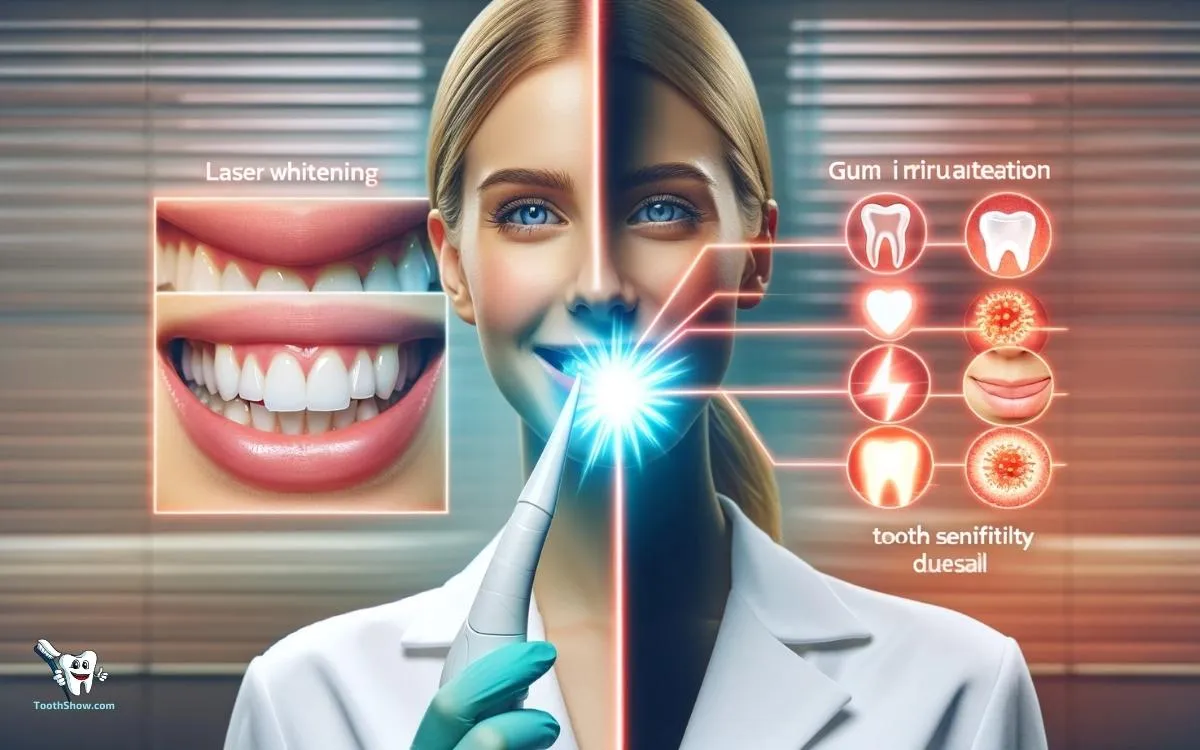
Maintaining good dental hygiene is essential for a healthy, bright smile and to minimize the need for teeth whitening treatments. Proper oral care can prevent staining and maintain the results of any whitening procedure. Brushing your teeth at least twice a day with fluoride toothpaste is fundamental to removing plaque and surface stains. Flossing daily is equally important, as it removes food particles and plaque from between your teeth, where your toothbrush cannot reach. Regular dental checkups and professional cleanings are crucial to identifying and addressing any dental issues early, such as cavities or gum disease. Regular cleanings remove built-up tartar and polish the teeth, enhancing their natural brightness. Additionally, avoiding or limiting the consumption of staining foods and beverages, like coffee, tea, and red wine, can help maintain a bright smile and reduce the need for frequent whitening treatments.
Brushing and Flossing Techniques
Correct brushing and flossing techniques are crucial for effective dental hygiene. When brushing, hold your toothbrush at a 45-degree angle to your gums and use gentle, circular motions to clean all surfaces of your teeth. Avoid harsh scrubbing, as it can damage the enamel and irritate your gums. Brushing for at least two minutes each time is recommended, and you should ensure that you reach all areas of your mouth. The use of a fluoride toothpaste is important to protect your teeth from decay. Flossing daily is equally vital, removing food particles and plaque from between your teeth, where a toothbrush cannot reach. Use about 18 inches of floss, wrapping it around your middle fingers, and gently guide the floss between each tooth, using a sawing motion. Curve the floss around each tooth and under the gum line to remove plaque. Proper brushing and flossing contribute significantly to maintaining a bright, healthy smile.
Regular Dental Checkups
Regular dental checkups and professional cleanings are vital components of a comprehensive dental hygiene routine. Routine checkups, typically every six months, enable your dentist to assess your oral health, identify any potential problems like cavities, gum disease, or other issues early on, when they are easier to treat. During these visits, your dentist or hygienist will perform a professional cleaning, removing plaque and tartar that brushing and flossing alone cannot eliminate. This cleaning polishes your teeth, removing surface stains and contributing to a brighter smile. Additionally, your dentist will examine your teeth and gums, providing personalized advice on oral hygiene practices and any necessary treatments. These checkups not only help in the early detection and treatment of dental problems but also allow you to maintain a healthy and aesthetically pleasing smile by keeping it clean and free of disease.
Conclusion
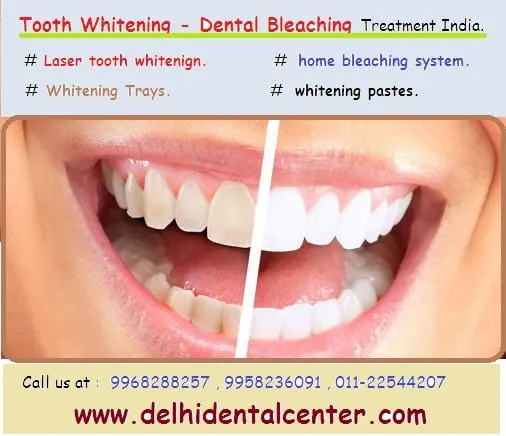
Laser tooth whitening can be a highly effective cosmetic procedure, but being well-informed about potential side effects is crucial. By understanding the risks, such as tooth sensitivity and gum irritation, and taking precautions like choosing a qualified dentist and following aftercare instructions, you can minimize these effects and enjoy a brighter, more confident smile. Alternative options, such as at-home whitening kits or professional dental cleanings, provide different approaches to teeth whitening that you can also consider. Ultimately, a proactive approach to oral health, including consistent dental hygiene and regular checkups, is essential for long-term results. Prioritizing your oral health ensures that you can achieve and maintain a beautiful, healthy smile.
